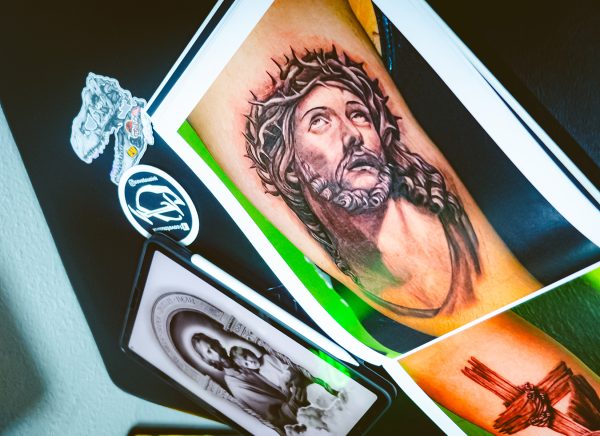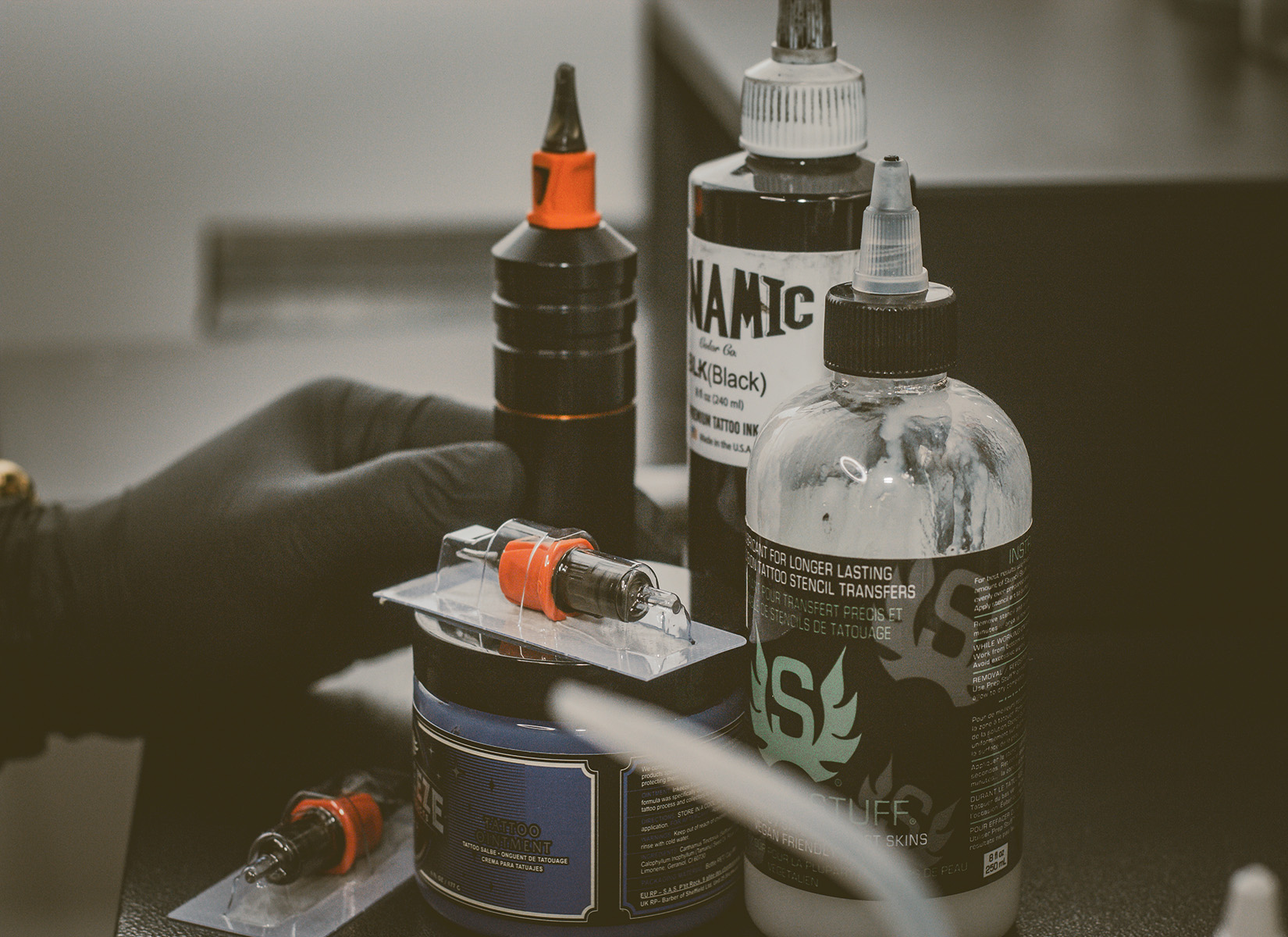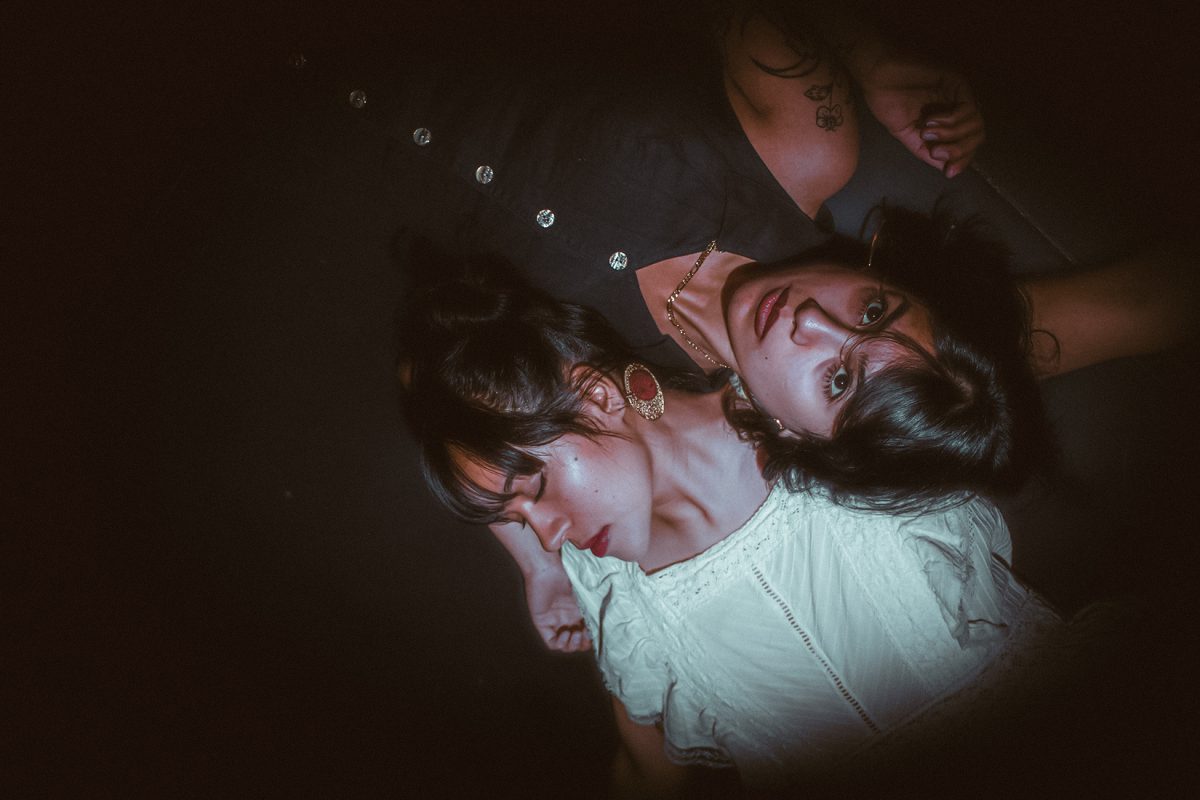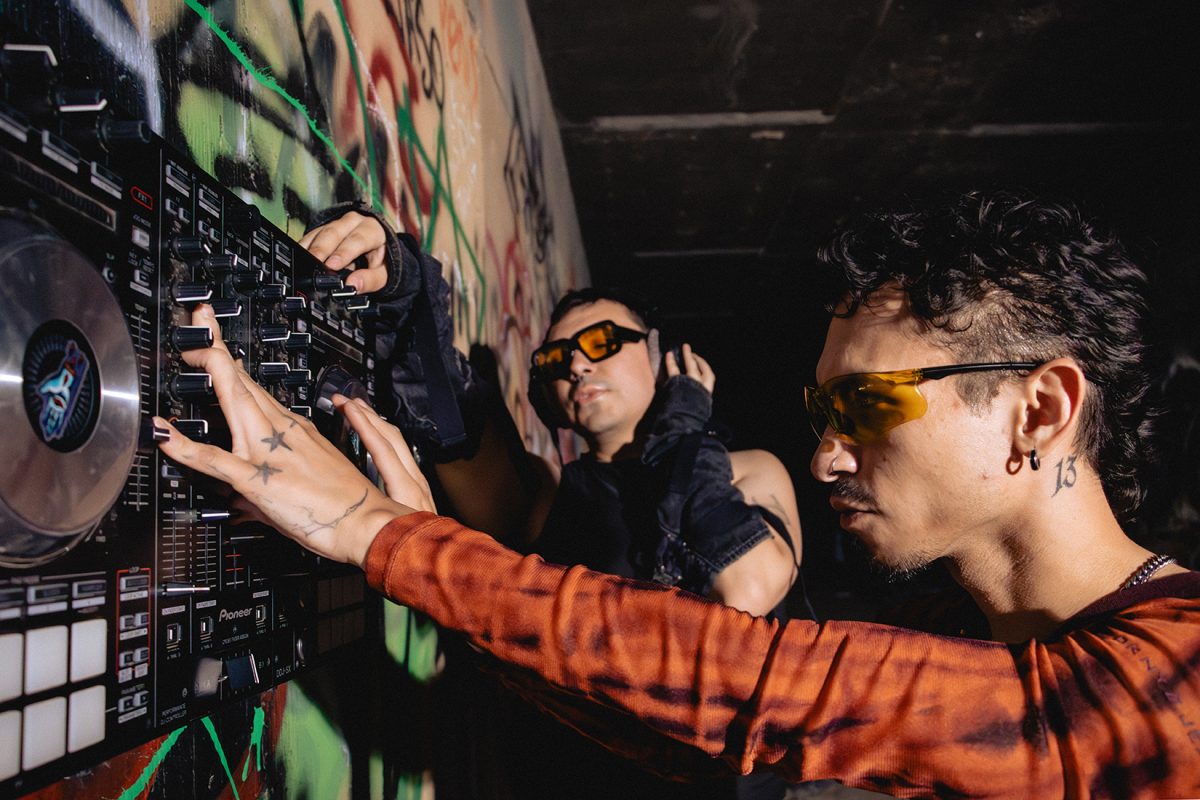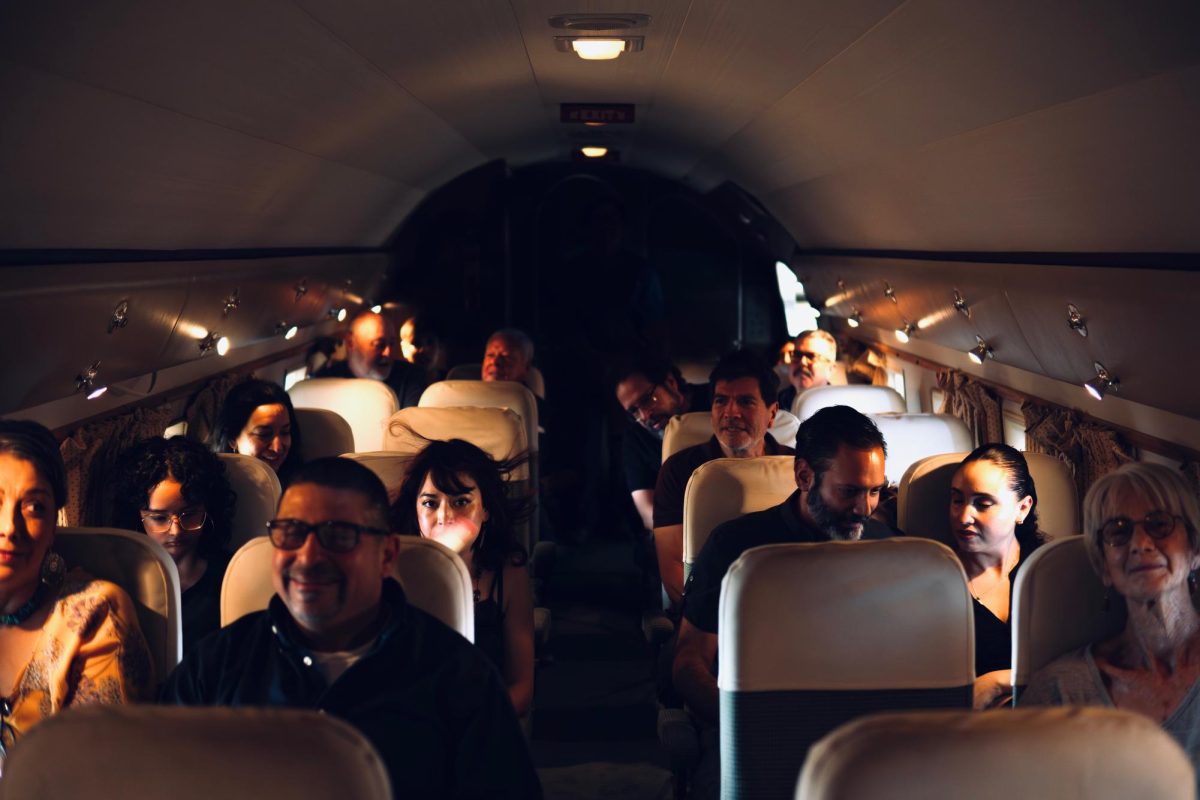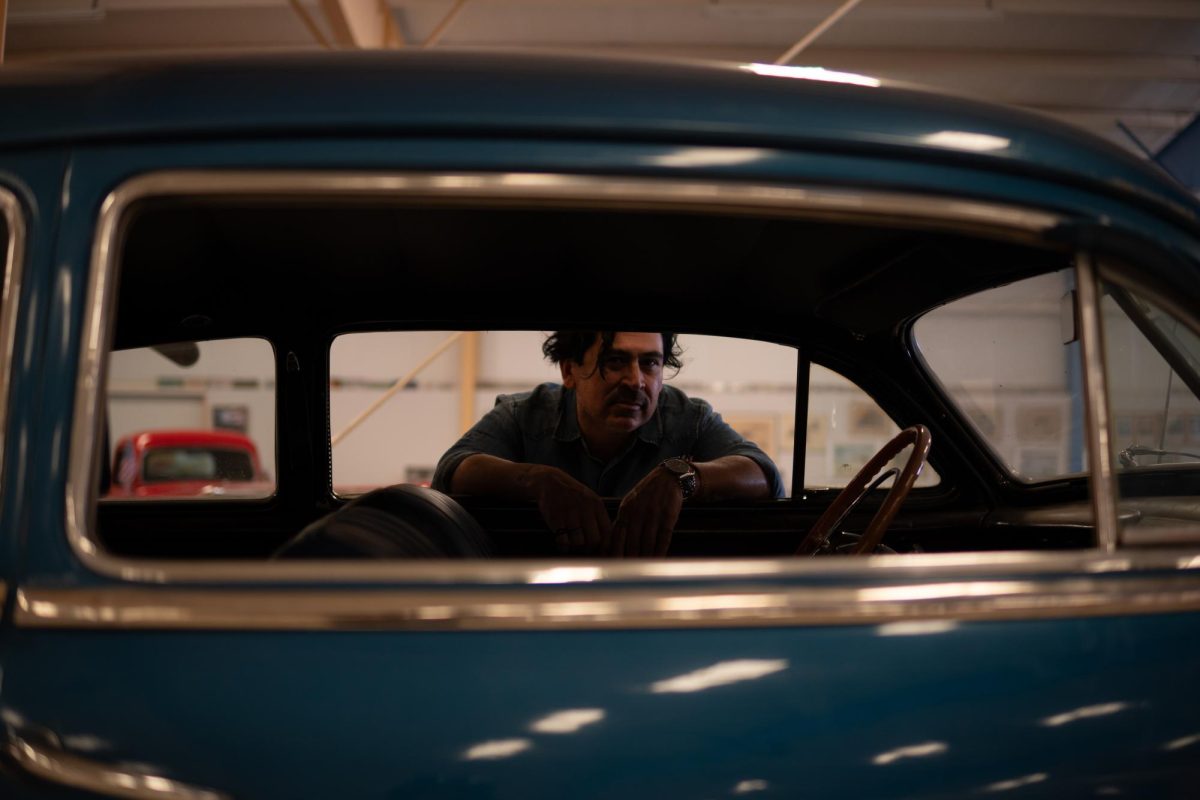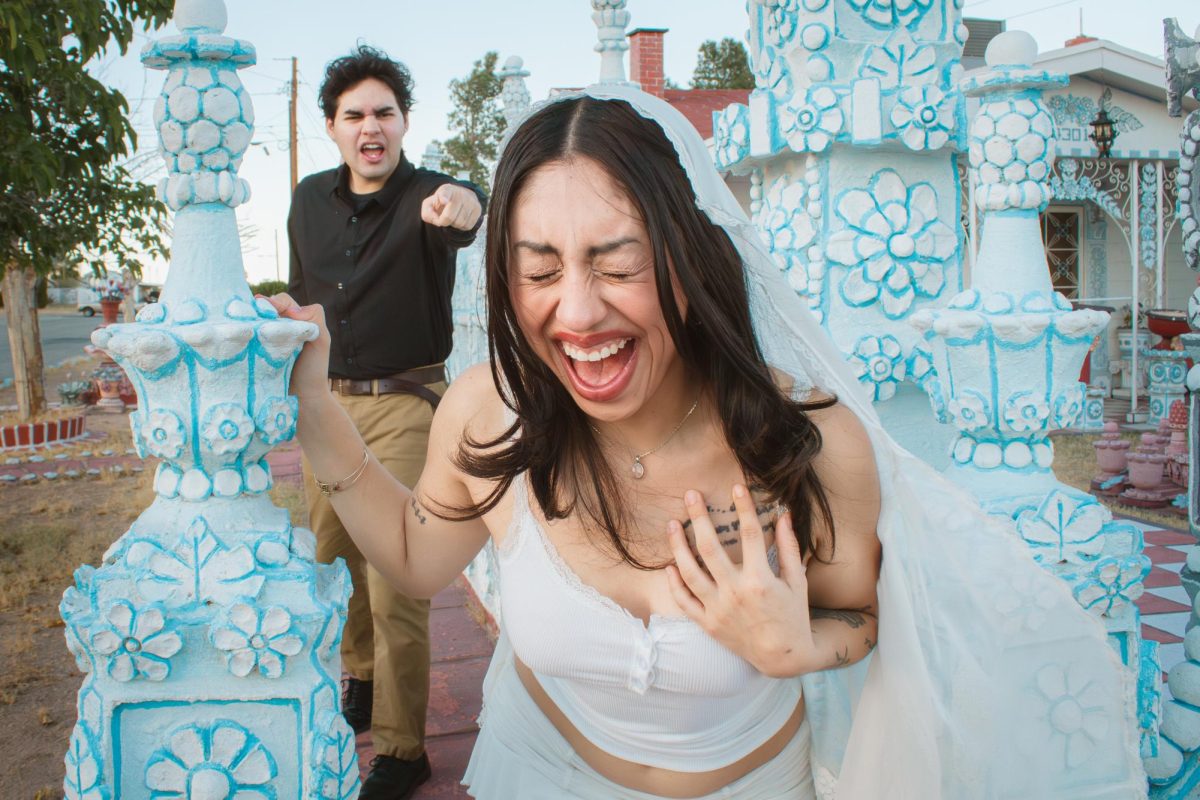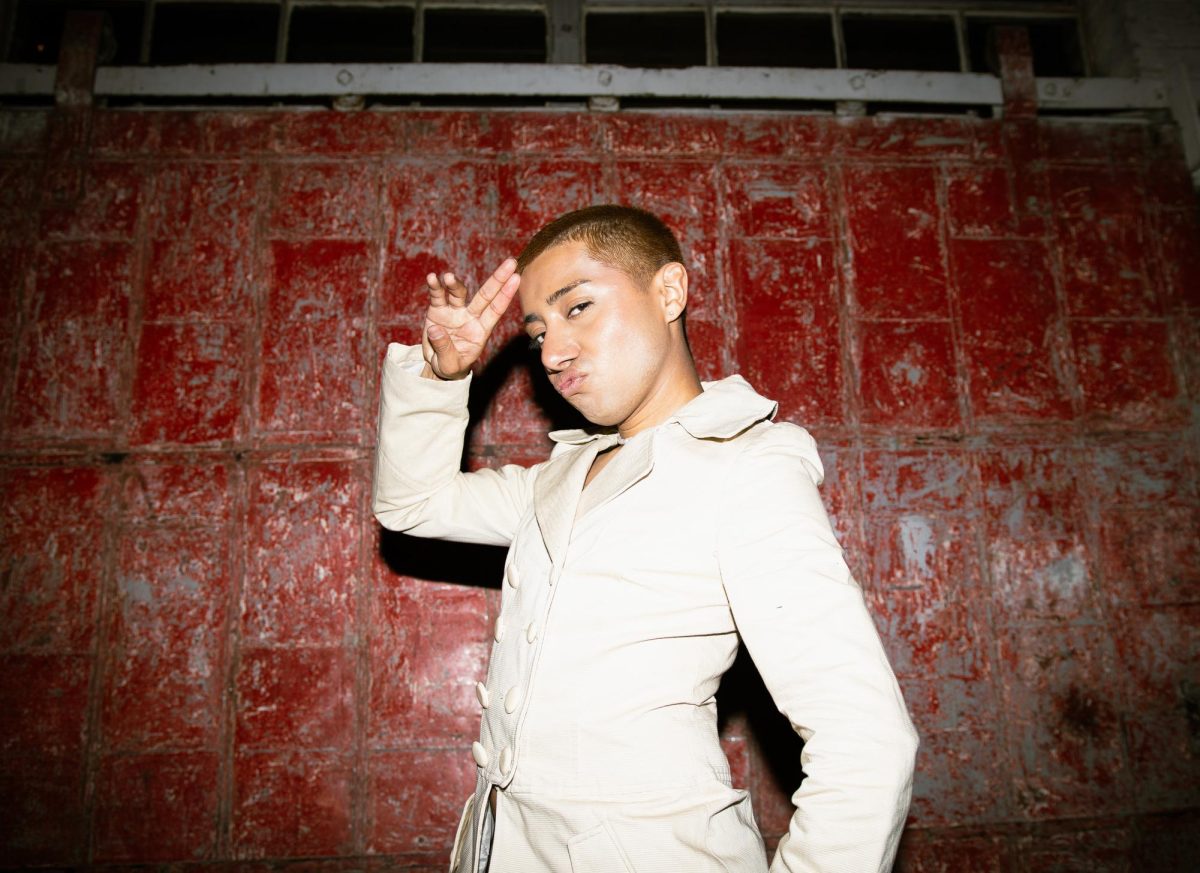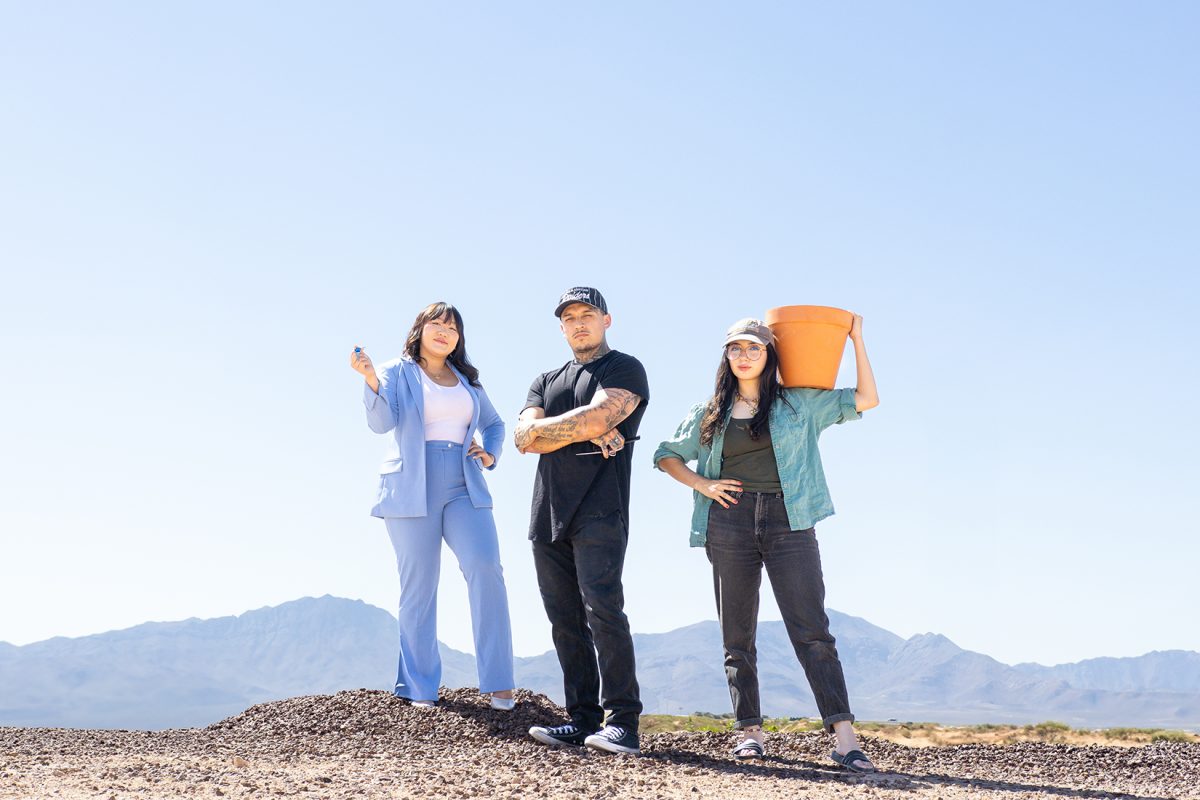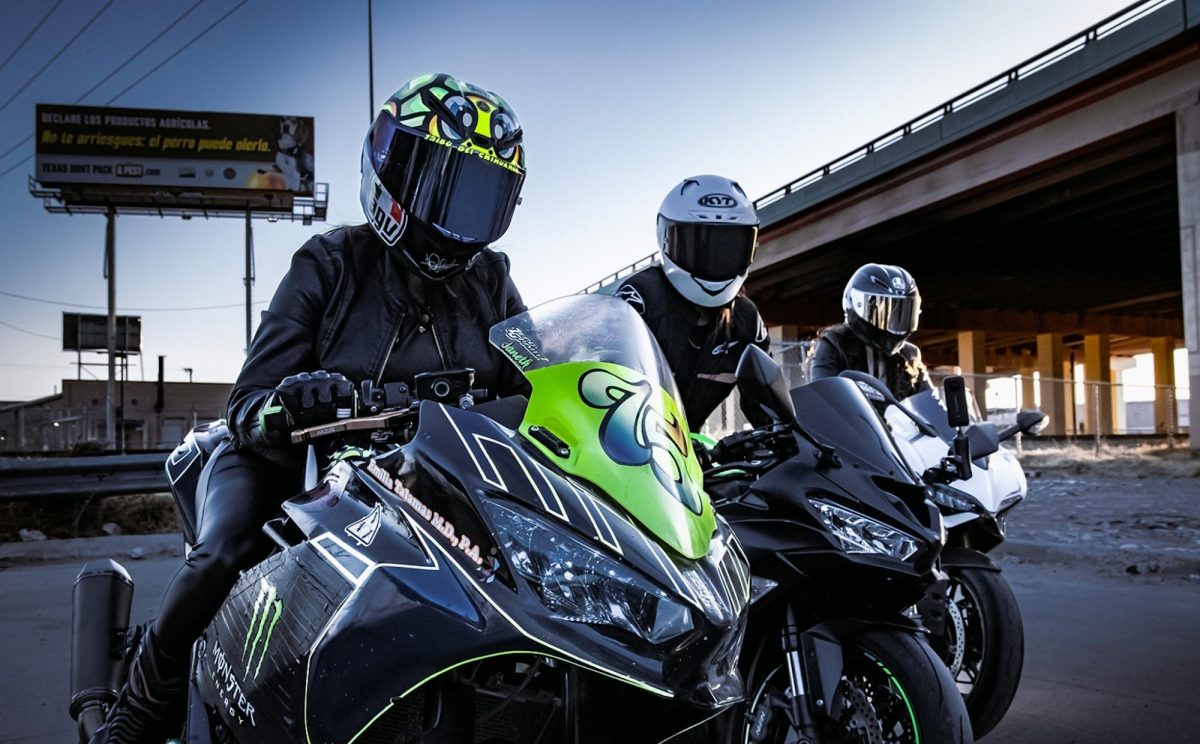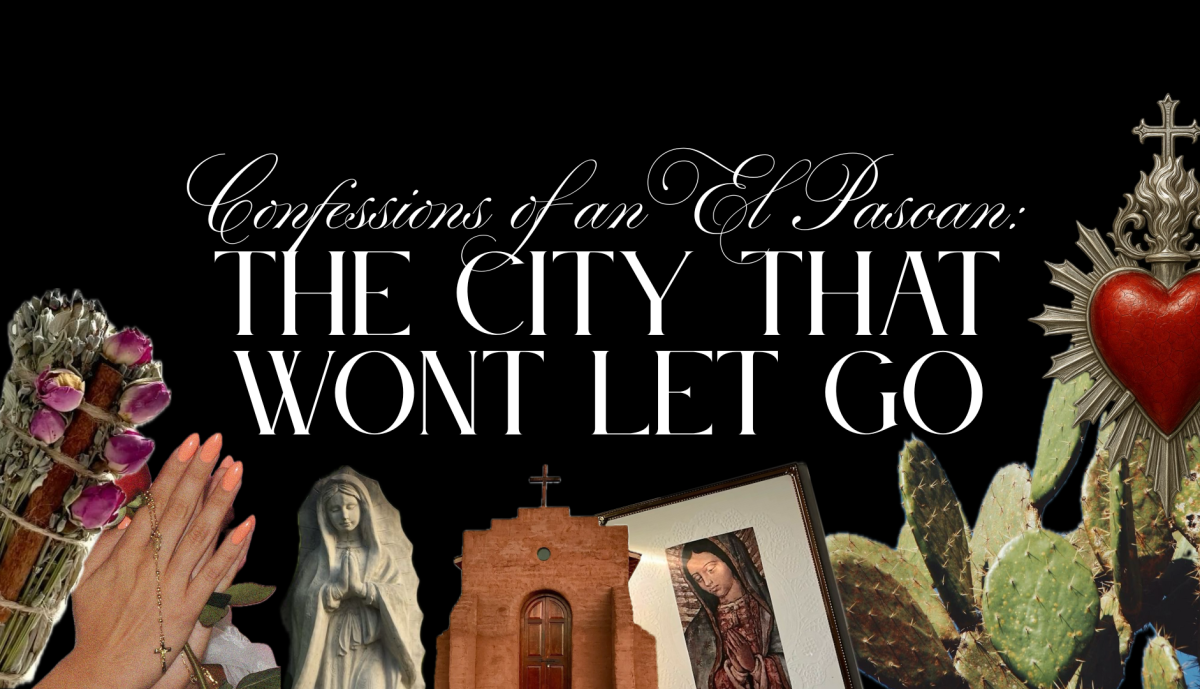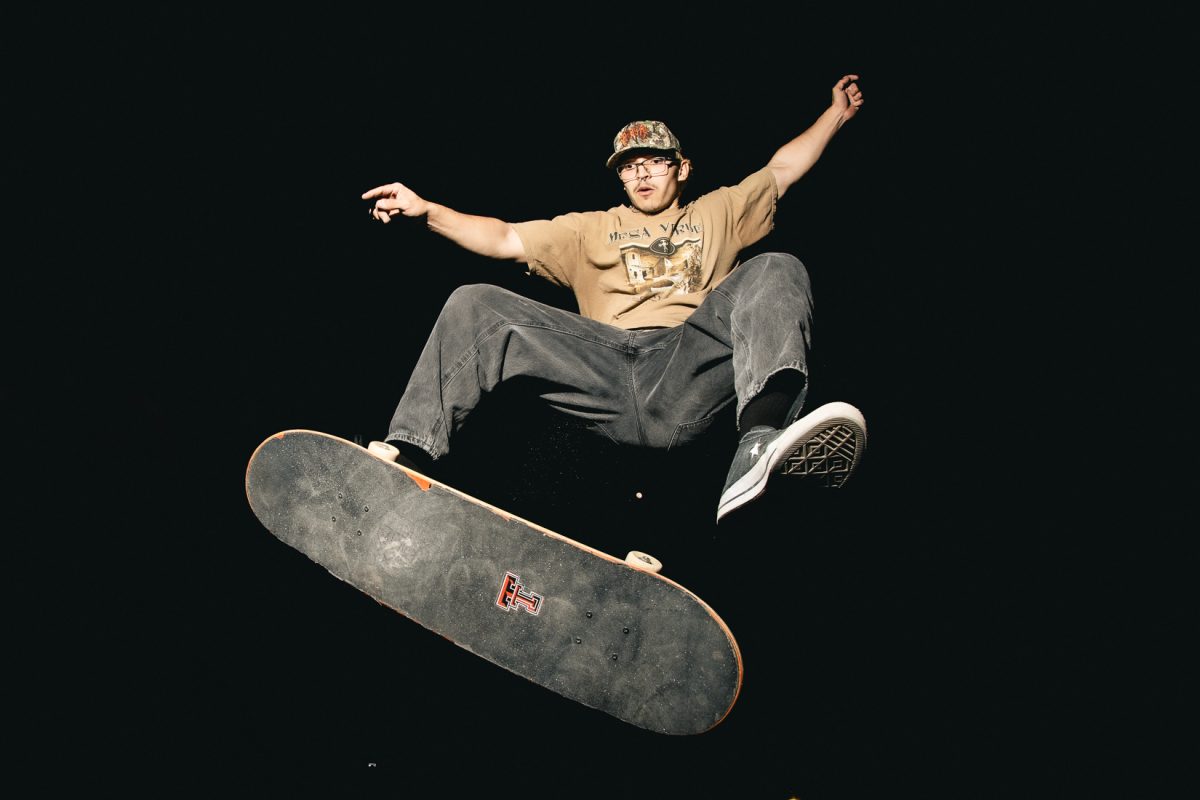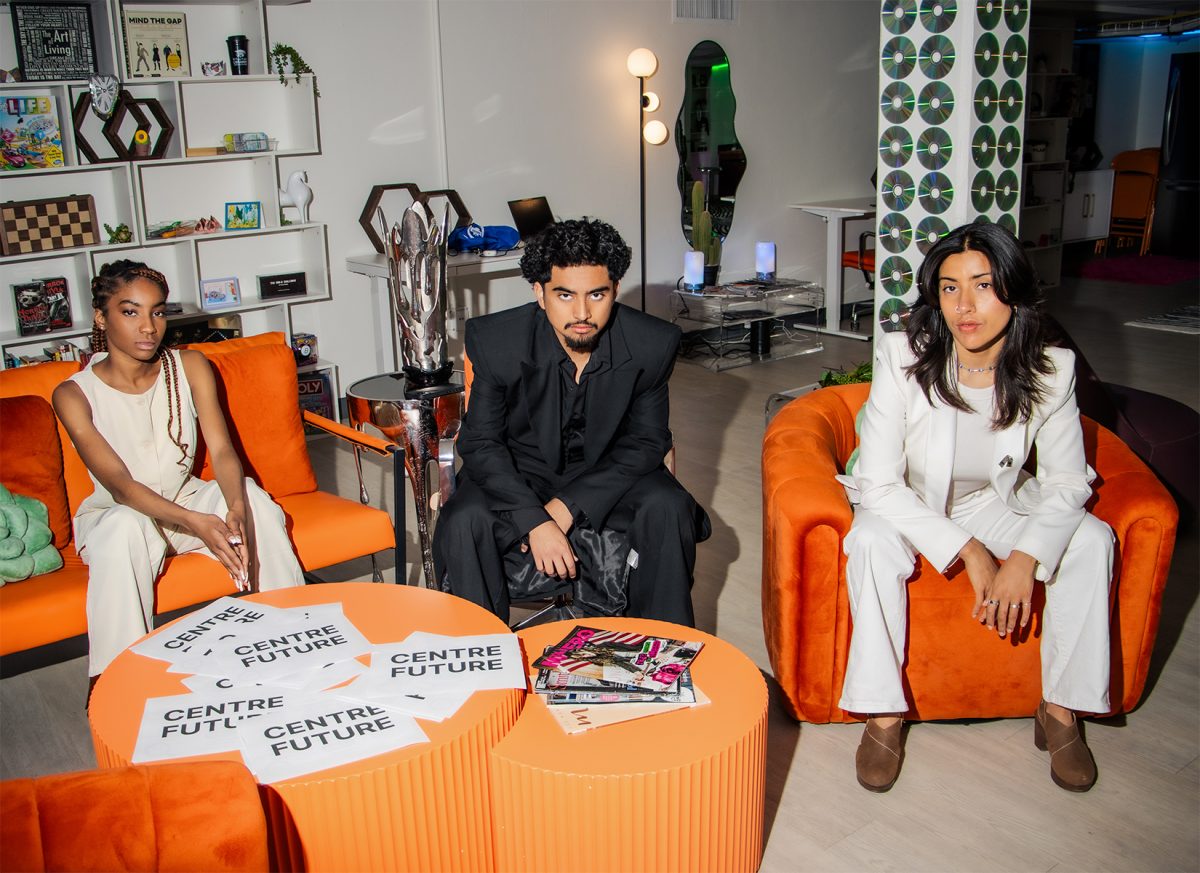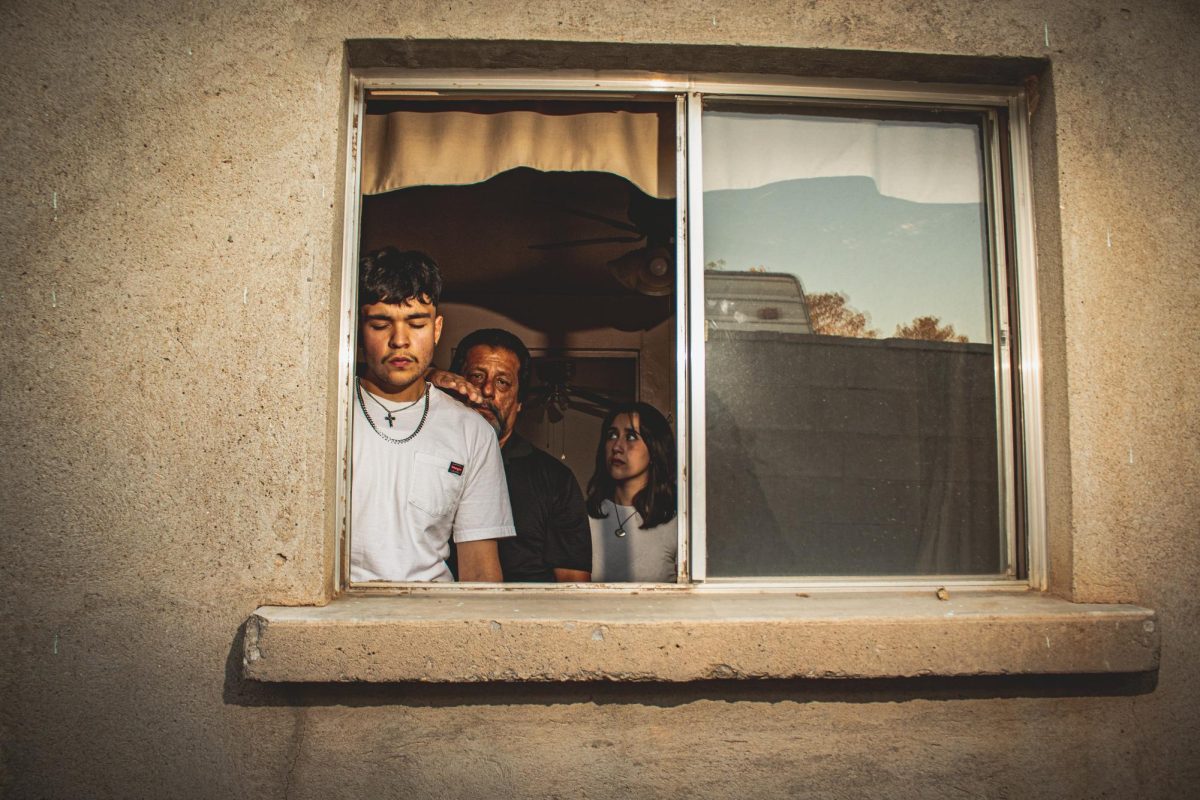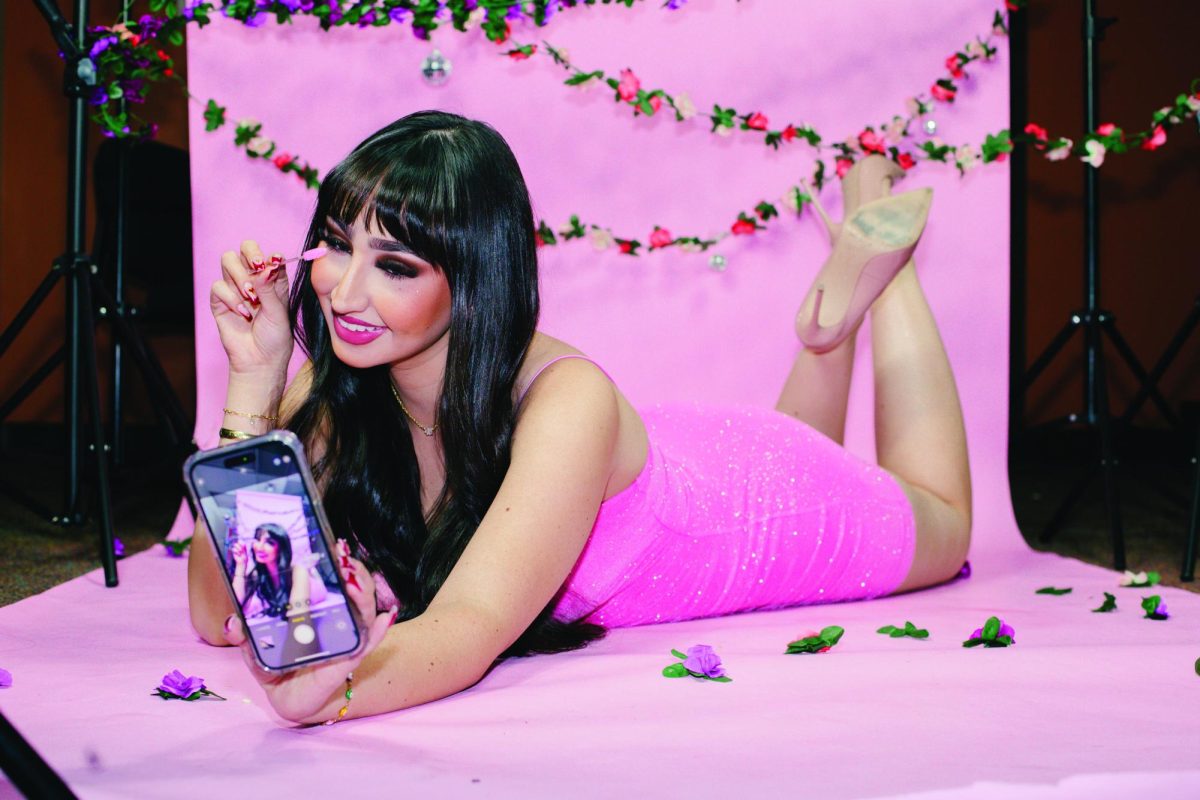The buzzing sound of the needle that leaves a permanent piece of ink is an art that many use to tell a story on their bodies. Throughout generations, El Paso has been the homeland for Chicano(a)s. From the Chicano pride to the soul, clothes, jewelry, hair, and tattoos, these are all symbols of self-representation. Chicano People who are native or descendants from Mexico but live in the United States.
The Culture
With a black and gray shaded rosary wrapped around her arm falling to the cusp of her thumb and index finger, Chicano and Realism tattoo artist, Linda Tirre, from Covetous Ink explains how tattoos are Chicano culture.
“I see it as a belief. My clients get the tattoo in the hope that things will get better and seeing it gives them that extra strength to keep going,” Tirre says.
Chicano tattoos are not just an aesthetic, they are stories of life, heart and character. It doesn’t say everything you need to know about a person, but it says enough to ask more about them.
“The older generation with Chicano tats, they will say they symbolize trouble (“gang related”). But now Chicano tattoos are represented as storytelling- what the person went through, or the representation of a family member,” Tirre says.
The beauty deeply webbed in Chicano tattoos is they are for the Chicano(a)s because they are by Chicanos. They are endowed in black and grey ink, bold and distinctive with identity. When they are viewed, they are almost too striking to not look away.
As a portrait of Pachua fits precisely into his neck, one angle away from the word “Artista” on the back of his neck, it is the almighty holding Omar Orozco up. Realism/ Chicano artist at Sanctum Tattoo explains the Chicano significance.
“It’s because of the borderland and our families were pioneers of the culture we like to keep alive, and we can represent that through art. Also known as the pachucos that landed El Paso, the nickname, Chuco town,” Orozco says.
He says Chicano culture and its tattoos are loud, but do not need to be shouted to be heard or need to make a scene to be seen. It is a representation of Chicanos, and throughout history, it is finally time to showcase what that title means through art and ink.
The Style
Chicano culture isn’t much without its signature style. The tattoos are shaded heavily with each stroke of the tattoo machine speaking intense truth to its identity and purpose. It is not just lowriders on backs or bold last names across the chest. It is more than that.
It starts with the history of Chicano tattoos, which Orozco explains that its origin was in prisons.
“They watered down black to develop a grey scale. From there it’s just evolved with all the new technology and machines to get to the next level. All black and grey, portraits, realism, all evolved from Chicano style- The “Gangster” style,” Orozco said.
“There is the traditional black and grey Chicano art like “day of the dead girl, crosses, skull candies, prayer hands, Jesus Christ, Lady of Guadalupe and Pachuo(a)s portraits and much more,” Tirre said.
He says Chicano style tattoos have evolved and will continue to evolve. It is the realism and portrait style tattoos you see now that are so intricate.
Still, the past, present and future of Chicano tattoos are all intertwined in the matter of how well and how far the style, execution and its impact of where Chicano style will be in the next five years or the next century.
The Stigma
Picture this: a Chicano man with stories and art on his body, walks into a bank, job interview or even a gas station and, they feel the air get sucked out of the place because people start shifting their weight and making the space uncomfortable while watching this tattooed ticking time bomb move; the feeling of alienation is an understatement.
The truth is, that scenario could’ve happened back in the 70s, yesterday or three years from now no matter the status, class or gender of the tattooed.
Orozco explains, he personally had never gotten into a predicament because of his Chicano tattoos. He flips the narrative around the negative stigma on ethnic tattoos.
“It’s all for the art and the culture. We’re preserving it by keeping it around and alive…I have clients that are doctors, lawyers and law enforcement that all now wear that (Chicano) art proudly,” Orozco said.
Tierre also shares her input on how to not stare but ask a person about their tattoos.
“I would just say, don’t judge a book by its cover, there could be a meaning to that tattoo, all you can do is ask. We don’t bite,” Tirre said as she laughed.
The more we are afraid of changing the conformed and traditional mindsets on how society views tattoos that have been set through generations, the more that scenario keeps getting rewritten with the same pen, by the same minds, in the same redundant times.
Overall, the next time an outsider finds themselves staring at the person with five Pachuas on their arm, or a Chicano realism piece of the Virgin Mary on their neck- take a picture, it will last longer or simply ask and never assume their story. Chicano tattoos are explicit, thunderous and dignified. Yet, it’s always the loudest person that makes an uproar because they dislike them coded as misunderstanding of Chicanos and their tattoos.
En breve
La cultura de los tatuajes Chicanos está llena de ideales falsos, manteniendo una narrativa de que no merecen un lugar en la categoria de tatuajes artísticos. Hay personas con prejuicios que al ver a los Chicanos con sus tatuajes generan un juicio sin saber el transfondo de sus historias.
Chicanos, especialmente en El Paso, tienen muchas raíces en la música, cinematografía y arte como los tatuajes que reflejan parte de la historia de nuestra ciudad y cultura.
Artistas de tatuajes, Linda Tierre y Omar Orozco dedican su arte a mantener los tatuajes Chicanos vivos en la frontera. Ellos han tratado de normalizar este tipo de arte cultural, mencionando que durante sus carreras han visto como estos tatuajes han evolucionado en su significado. Tierre dice que en un principio los tatuajes Chicanos se utilizaban para designar a que pandilla pertenecían, hoy en día, estos tatuajes son utilizados por la mayoría para representar sus historias, religión, cultura y familia. Orozco menciona que ha visto movimientos como el realismo que han impactado diseños de tatuajes Chicanos, inclusive hay algunos que asemejan una fotografía e incluyen colores.
Ante esta situación de estereotipos, Tierre propone una alternativa la cual consiste en tomar el interés para conocer la historia de tras de estos tatuajes en vez de crear algún prejuicio.
